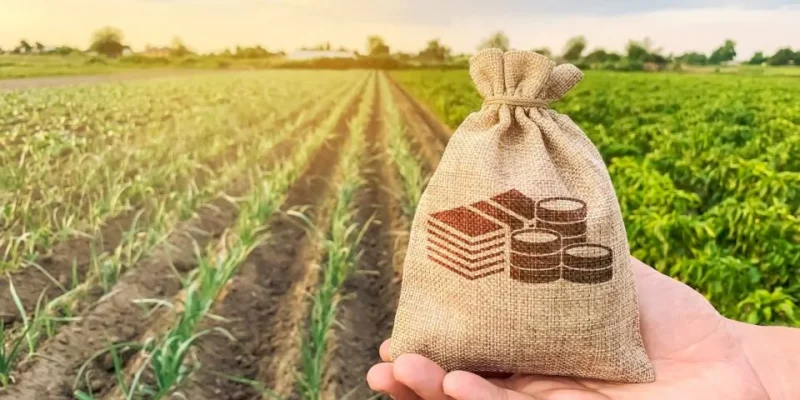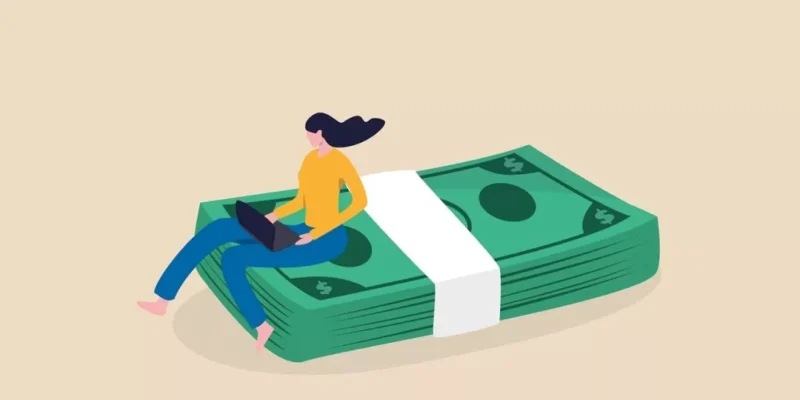The National Rural Credit System (SNCR) was created in 1965 with the aim of guaranteeing funds for the costing and investment of rural activities. This initiative recognized the importance of agriculture for the Brazilian economy and the risks inherent in this activity. With its internationally recognized productivity, agriculture makes a decisive contribution to the country's balance of trade, creates jobs and breathes new life into the economy.
In the last year, according to data from the Ministry of Industry, Foreign Trade and ServicesThe sector recorded a surplus of R$ 105 billion. Credit is at the root of this performance and runs through the production cycle of agricultural and livestock activities, paying for the purchase of inputs, paying for labor and making it possible to improve productivity through investment. Data from the Central Bank shows that, at the beginning of 2022, rural credit accounted for around 8% of the balance of loans and financing in the National Financial System (SFN).
Financing agribusiness does, however, have its peculiarities. One of them is that growing crops takes time: those who plant today harvest tomorrow only figuratively speaking. In many cases, the harvest can take a long time, and this has implications for the definition of financing terms and grace periods.
In the meantime, the weather adds an extra risk to production. The occurrence of adverse events can compromise the producer's income and, consequently, his lenders, impacting the analysis and cost of credit. These risks, combined with the importance of the sector, have justified, over the years, a greater degree of government involvement in determining the supply of rural credit, through subsidies and regulation.
The Crop Plan 2022/2023This document, recently presented by the government, is a fundamental part of the process of planning and defining the credit granted to the rural sector. With the document, the sector is able to anticipate the scenario and conditions for rural credit. The new Plan envisages allocating R$ 349 billion in resources to the countryside, which represents an increase of 36% compared to the previous plan. Around 40% of these funds will be lent at free rates, set by the market. The rest will be contracted at controlled interest rates.
Over the last few years, there has been an increase in the share of resources with freely agreed rates, to the detriment of resources with controlled rates. Even so, the Plan maintains the space for programs aimed at small and medium-sized producers. For small producers, the Plan provides for a sum of R$ 53.6 billion, through the National Program for Strengthening Family Farming (PRONAF); for medium-sized companies, resources amount to R$ 43.7 billion, via PRONAMP.
Given the increase in the basic interest rate, the controlled rates provided for in the plan have also risen. As a result, even though producers can obtain funds at subsidized rates, the cost of credit has increased. This requires more careful planning when looking for resources and more careful analysis of the real need for credit. Credit bureaus are monitoring defaults in various sectors of the economy, including agriculture. The sector represents a smaller share of the total number of companies in default, and it should be borne in mind that part of rural credit is granted to individuals.
In addition to the economic situation, it is worth reflecting on the future and trends in agricultural credit. Sustainability is one of the pillars of the BC# Agenda and seeks to create incentives within the financial system to finance economic activities, taking into account their impacts. As a result, this theme will increasingly have to guide rural credit policies, reinforcing the criteria that already exist. Among the measures envisaged under the sustainability pillar is the creation of the Green Bureau, a database where it will be possible to consult the compliance of rural credit with environmental and social criteria.
Of course, the economic and financial criteria for credit analysis remain. The change is that, from now on, through the lens of sustainability, there will be more incentives for resources to finance sustainable operation, seen as society's great objective. And both in the city and in the countryside, we need to understand this new moment.
Rural credit
Thanks for reading! Access other content at ANBC website.
By: Elias Sfeir President of ANBC & Member of the Climate Council of the City of São Paulo & Certified Advisor




